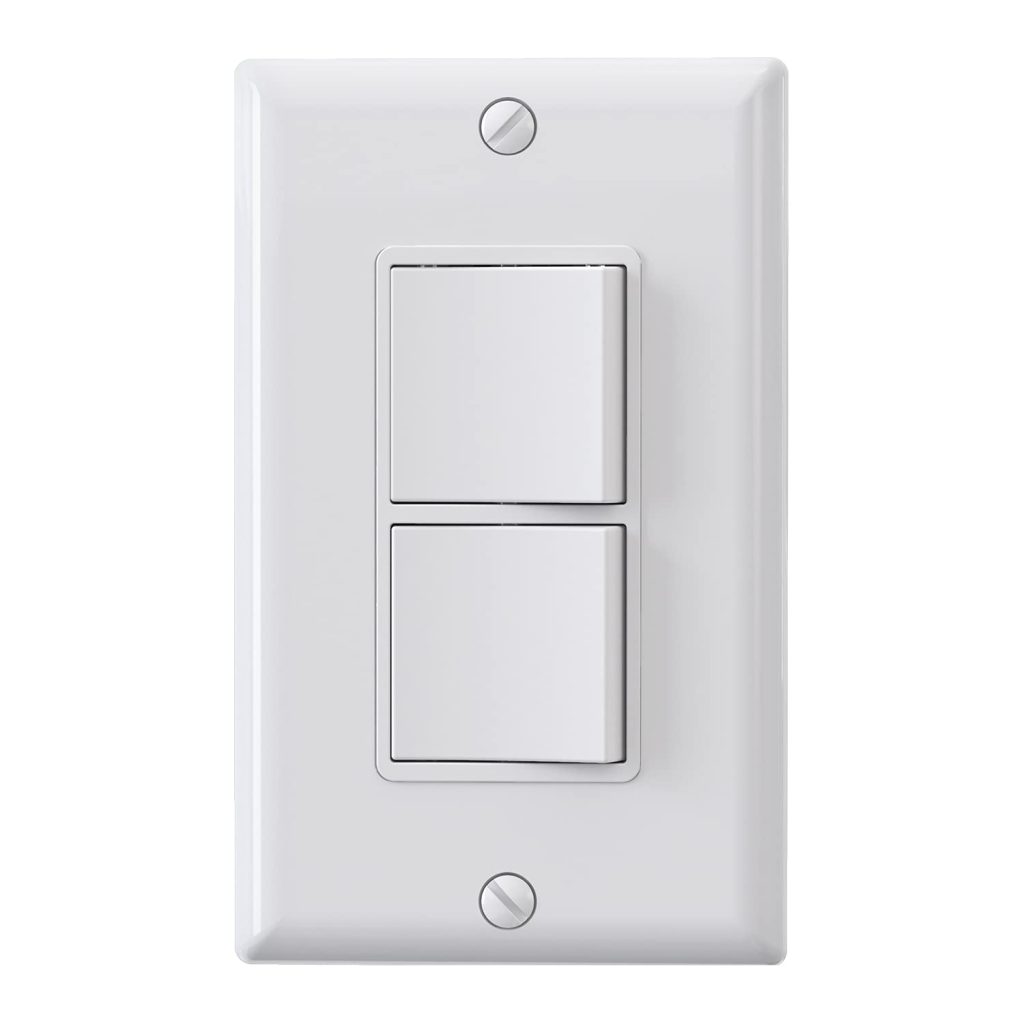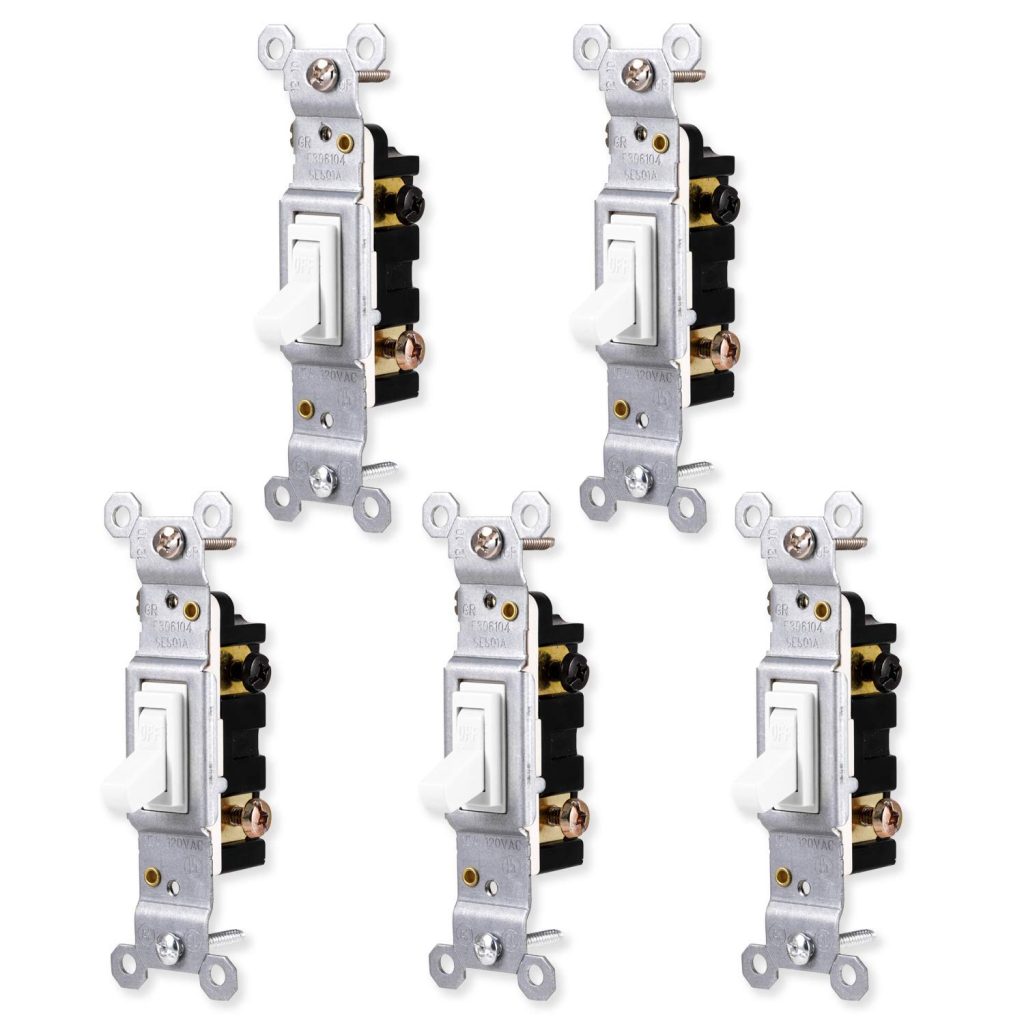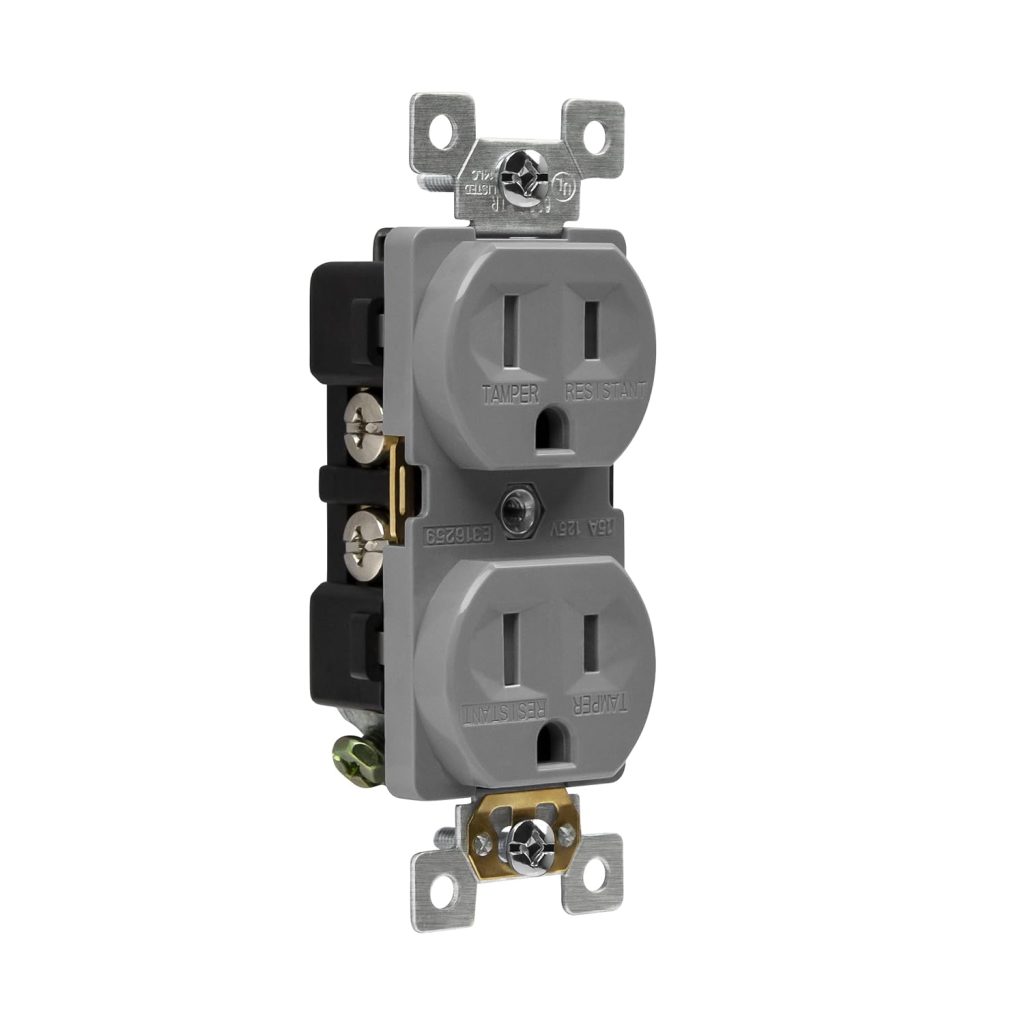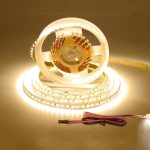Light switches are a common and essential element of our daily lives. These devices, often taken for granted, provide us with the ability to control the lighting in our homes, workplaces, and public spaces. In this article, we will explore the evolution of light switches, from their humble beginnings to the sophisticated and innovative designs of today. We will delve into the various types of light switches, their functionality. And the advancements that have made them more convenient, energy-efficient, and aesthetically pleasing. Join us as we shed light on the fascinating history and advancements of the light switch.

Contents
- 1 I. A Journey through Time: The Origins of Light Switches
- 2 II. The Mechanics of Light Switches: Functionality and Types
- 3 III. Advancements in Convenience and Safety
- 4 IV. Smart Light Switches: The Future of Lighting Control
- 5 V. Innovations in Design and Aesthetics
- 6 VI. Safety and Regulations: Codes and Standards
I. A Journey through Time: The Origins of Light Switches
1.1 From Toggle Switches to Knobs:
Light switches, the earliest form of which can be traced back to the late 19th century, featured a simple design with a lever that could be flipped up or down to control electric lights.As the technology evolved. Knob-style switches became popular, allowing users to control the lighting by rotating a knob instead of flipping a lever.
1.2 Introducing Wall-Mounted Switches:
In the early 20th century, wall-mounted switches started to gain popularity. These switches were embedded into walls, providing a more convenient and elegant solution for controlling the lighting. The introduction of wall-mounted switches revolutionized the way we interacted with light and set the stage for further advancements in light switch design.

II. The Mechanics of Light Switches: Functionality and Types
2.1 Single-Pole Switches:
The most common type of light switch is the single-pole switch. These switches control a single light or a group of lights from a single location. A simple flip of the switch either completes or breaks the electrical circuit, resulting in the lights turning on or off. Single-pole switches are widely used in residential settings and are typically operated by a toggle or rocker mechanism.
2.2 Three-Way and Four-Way Switches:
To control lights from two or more locations, three-way and four-way switches are used. Three-way switches have three terminals and are commonly installed at the top and bottom of stairways or at either end of a hallway. Four-way switches, on the other hand. Have four terminals and are used in conjunction with three-way switches to control lights from multiple locations.
III. Advancements in Convenience and Safety
3.1 Dimmer Switches:
In addition, Dimmer switches introduced a new level of convenience and control over lighting. These switches allow users to adjust the brightness of the lights by varying the voltage supplied to the bulbs. Dimming capabilities not only create ambiance and enhance the aesthetics of a space but also offer energy-saving benefits by reducing energy consumption.
3.2 Timer and Motion Sensor Switches:
Moreover, Timer switches and motion sensor switches are innovative solutions that enhance both convenience and energy efficiency. Timer switches can be programmed to turn lights on and off at specific times, providing added security and energy savings. Motion sensor switches, on the other hand, automatically detect movement and turn the lights on or off accordingly, reducing energy waste in unoccupied areas.

IV. Smart Light Switches: The Future of Lighting Control
4.1 Integration with Smart Home Technology:
Therefore, Smart light switches are at the forefront of the digital revolution, offering seamless integration with smart home systems. These switches allow users to control their lighting remotely through smartphone apps or voice assistants. Advanced features such as scheduling, customized lighting scenes, and integration with other smart devices make smart light switches a powerful tool for enhancing comfort and energy efficiency.
4.2 Energy Monitoring and Efficiency:
Many smart light switches come equipped with energy monitoring capabilities, allowing users to track their energy consumption and optimize lighting usage. By providing insights into energy usage patterns, users can make informed decisions about lighting control and further reduce their energy footprint.

V. Innovations in Design and Aesthetics
5.1 Sleek and Modern Designs:
With advancements in technology and manufacturing, light switches have evolved into sleek and modern designs that complement various interior styles. From minimalist touch-sensitive switches to designer switches that blend seamlessly with decor, manufacturers have placed a strong emphasis on aesthetics and user experience.
5.2 Customizable Faceplates:
To further enhance the aesthetics of light switches, customizable faceplates have become popular. These faceplates allow users to personalize and match the light switch to their interior design preferences. With a wide range of materials, colors, and finishes available. Homeowners can achieve a cohesive and stylish look for their switches.
VI. Safety and Regulations: Codes and Standards
6.1 Electrical Safety:
Maintaining electrical safety is paramount when it comes to light switches. As with all electrical devices, light switches are subject to safety regulations and guidelines to protect users from potential electrical hazards. Regulatory bodies, such as electrical safety organizations and government agencies, establish rules and standards that must be followed during the installation, operation, and maintenance of light switches.
These safety regulations cover various aspects of light switch functionality, including proper installation, grounding, and performance standards. Installers must ensure that light switches are correctly wired and connected to the electrical circuit. Adequate grounding is essential to protect against electrical shock and prevent electrocution. Compliance with building codes and safety standards guarantees that light switches meet the necessary safety requirements for use in residential, commercial, and public spaces.
6.2 Energy Efficiency Requirements:
With the increasing global focus on energy efficiency, light switches are subject to energy efficiency requirements to reduce energy waste and promote sustainability. These requirements are aimed at encouraging the use of energy-saving technologies and practices in lighting control.
Energy-efficient light switches typically support the integration of energy-saving lighting technologies, such as LED bulbs. LED lighting consumes significantly less energy than traditional incandescent or fluorescent lighting.

Another aspect of energy efficiency requirements for light switches is the inclusion of features such as motion sensors or timers. These additions help optimize lighting usage by automatically turning lights on or off based on occupancy or predetermined schedules. Motion sensor switches detect movement in a room and activate the lights only when needed, reducing energy waste in unoccupied areas. Timer switches allow users to set specific times for lights to turn on or off, ensuring lights are not left on unnecessarily.
Finally, From simple toggle switches to sophisticated smart switches, the evolution of light switches has come a long way. Over time, functionality, convenience, energy efficiency, and aesthetics have been key driving forces behind advancements in light switch design. As technology continues to progress, we can expect even more innovations that shape the way we control and interact with light. The humble light switch. Although often taken for granted, remains an essential element in our daily lives and continues to illuminate the spaces we inhabit.


